April 24 Vigil Fr. Vazken’s Speech
Fr. Vazken’s speech at the Genocide Commemoration VIGIL at UCLA sponsored by the ASA’s for USC & UCLA
Good evening. I would like to thank the ASAs of both USC and UCLA for this opportunity to offer my voice to this vigil this evening.
As the years move on, we are distanced from the link that ties us. When I would first come to these Genocide commemorations as a kid, the front rows would be occupied by survivors. My grandparents would sit in those chairs and were given chances to share their eyewitness accounts of the mayhem in Armenia circa 1915. The front rows became one row and then dwindled to a few chairs as the eyewitness generation passed away. They were replaced with the documentarians – those who had filmed, recorded or written the stories of the survivors.
This morning, at 9AM, I’m pleased and proud to tell you that the Epostle.net – electronic ministry of the Western Diocese, unveiled and launched the first ever immersive exhibition of its kind that is accessible from anywhere, 24/7/365 days a year, named the Spirit of Ararat. Here stand structures from khatchkars to monasteries, to songs of the heart, demonstrating the human spirit of creativity of the people of Ararat, preserved in Web 3.0, metaverse, 360, spatial audio and photogrammetry, items that can only be experienced and enjoyed and can no longer be damaged or the destroyed. Thank you technology and Epostle for exploiting the power of human creativity.
So now, thankfully, there are more and more volumes and documents that share the horrors of genocide. But sadly, the word Genocide is still being used to describe man’s ultimate intolerance for his fellow man,
But today we gather in vigil because the human heart is hurting. 1915 was the beginning of a wave of evil that continues through today. For us as Armenians we felt it because of the injustice we endured when we became the political pawn of governments. What happened in Artsakh last September is a continuation of the same evil, and the same silence of the world.
Graphic: SEE no evil, HEAR no evil, SPEAK no evil.
In 2006 I had a chance to visit Rwanda with a small group of educators from the University of Southern California. It was a decade after a genocide ravaged the country and claimed 800,000 people in the course of 100 days.
It was an important trip for me to take. I grew up hearing the stories of genocidal crimes told to me by my grandparents. The more I heard, the more I read, the more I wanted to know how such a violent and heinous crime could be committed so overtly, especially in the modern world, where understanding seemed to be common goal. I figured, by going to Rwanda, ten years after the Rwanda Genocide, might be like going to Armenia ten years after the Genocide I had heard so much about. What might have I found in 1925?
What I found was more than I could have asked for. Not only the answers to my questions but also I found an answer to the meaning of the Armenian Genocide for me as a person living 100 years after the event.
The stories of the Rwandans were remarkably similar to the stories that I heard from my grandparents. Police coming in the night, taking away and slaughtering the men, raping the women, killing of children, blatant exhibitions of cruelty and killing, without hints of remorse. Armenians referred to the Euphrates River as the Red Euphrates while Rwandans referred to Nile as the Red Nile because of the all the blood and bodies that were flowing through the rivers veins. Rwanda made me color blind, because the only difference between myself and my story and the Rwandan story was the color of our skins. And that is no difference. I realized that our pain, our suffering is our commonality and the common thread throughout human history. We are all children of the same God. Divisions we create, they are of our own doing.
In Rwanda, I found myself in a rather unique position of straddling, so to speak, the first and last genocides of the 20th Century. There, in the capital city of Kigali, is a museum dedicated to genocide. It houses a permanent exhibit dedicated to the Armenian Genocide, as well as to all genocides of 20th century.
The Armenian Genocide is the “granddaddy” of them all. The exhibition showed, sadly, and tragically, Genocides continued in Germany, Ethiopia, Bosnia, Cambodia, Rwanda and even into the 21st Century in Darfur.
The stories are all the same. And the Armenian story has a special place and meaning for the world, because it is the prototype for intolerance, hatred and ultimately Genocide. As a successor to the Armenian Genocide survivors the responsibility is mine. If I am going to refer to the Armenian Genocide as the first, then I – we – have a responsibility to be the first to call out, the point to, to actively protest and work for understanding that leads to peace. If the world is silent, let’s point the first finger at us – are we voicing our objection to what is happening to others?
Faith implies actions. You cannot mourn a genocide without actively fighting against one. But that fight has to be on new terms. You can’t fight fire with fire, you’ll only get more fire. Fight fire with a hose. With water. Put it out.
The time has come for us to toss out the victim mentality. We’re in the Easter season and we claim to be followers of the Resurrected Christ. We need to understand that the victory is ours. Not because politicians recognize Genocide or not. Don’t fool yourself, we don’t need any validation or the authentication of the fact of genocide, just as African Americans don’t need proof of slavery or Japanese American don’t need to prove their restraint in internment camps. The Armenian Genocide is a reality and always has been. We are victorious because we are here, not because of politics, but by the miracle that has made us arrive alive and creating our tomorrows. We side and will side wherever there is injustice or evil. Whether in Gaza, in the Congo, or in Armenia, we are here to proclaim these are humanitarian issues and we are always on the side of humanity!
April 24 is a date to renew a vow to work for peace, through understanding, vigilance and love toward all of humanity.
The Armenian Church’s prayer for the day is, Christ, who crowns the saints, willingly take those who are in awe of you and look with love and sweetness on your creation. With Your holiness hear us, by the intercession of the Holy Asdvadzadzin and the supplications of all your saints, especially the holy martyrs of the Armenian Genocide who completed their life for Faith and the homeland. Hear us and have mercy. Amen.
-Fr. Vazken Movsesian, 24 iv 2024

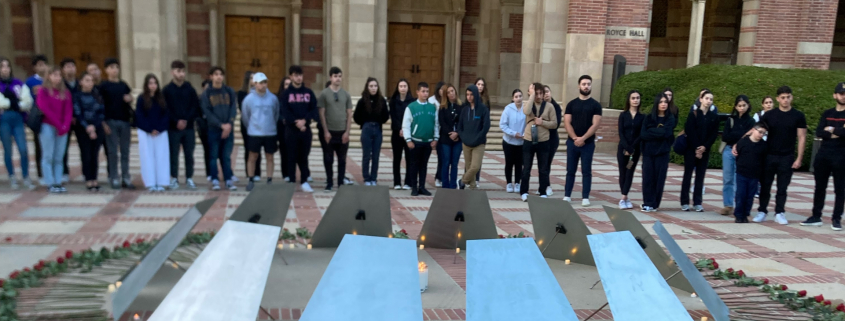 2024 Epostle
2024 Epostle 2024 Fr. Vazken
2024 Fr. Vazken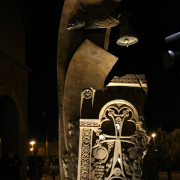
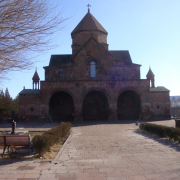 2009 Fr. Vazken
2009 Fr. Vazken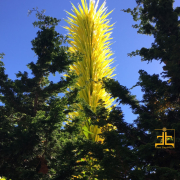
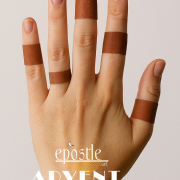 2025 Epostle
2025 Epostle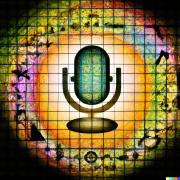




Leave a Reply
Want to join the discussion?Feel free to contribute!